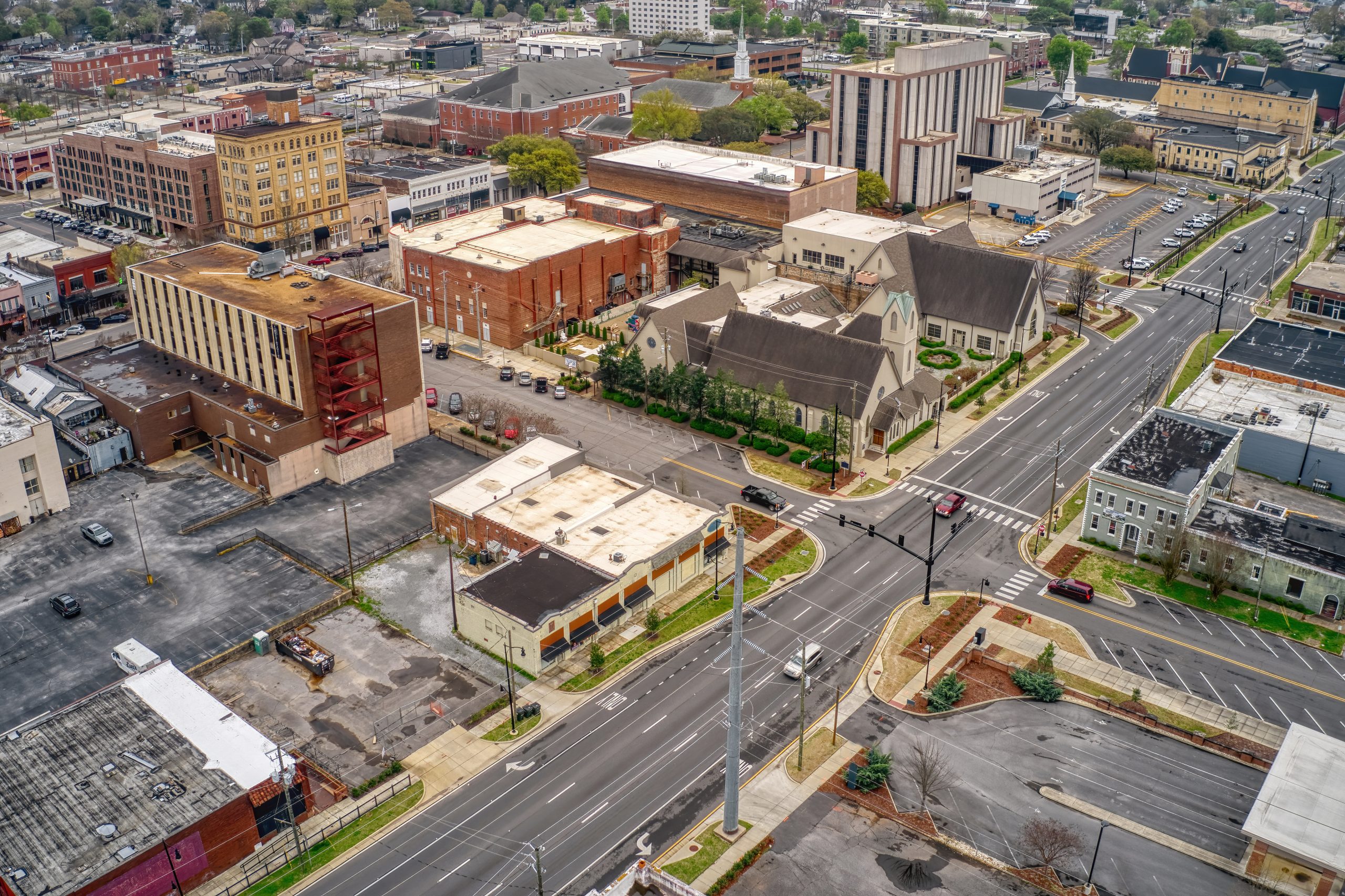Alabama’s new construction market was on a roll leading up to the coronavirus pandemic. Much of the impact is still to be determined, and we learn a little more with each week, but March sales of new construction properties in the state were strong. Total sales increased 18.8% year-over-year (Y/Y) from 757 to 899 closed transactions. With 2.9 months of supply in the new construction market, supply is still somewhat tight as there are approximately 3 listings for each sale during March. Going forward, sales activity is likely to trend downwards as the pandemic and resulting quarantine has stalled economic activity around the globe. Although the March 2020 data reflects little disruption in Alabama’s new construction sales, April-June numbers will help better measure the impact.
The statewide median sales price ($248,700) showed modest growth as it increased 4.3% Y/Y and 0.5% from February 2020. While sales activity is expected to moderate in the months ahead, sales prices should remain stable through the spring and summer months. Similar to the existing home market, Alabama’s new construction market is impacted by tight inventory, especially relative to demand, which is quite strong when measured by sustained year-over-year growth rates in total new construction sales.
Sales have now posted year-over-year gains for 9 consecutive months and have increased in 24 of the last 26 months. Inventory (properties listed for sale) has declined for 21 consecutive months, with the last gain in February 2018. Sales prices are also stable as they average 2.8% per year for the last 2 years.
Builders across the state are staying busy during the first months of the COVID era. According to permit data from the Census Bureau, permits for single family units increased almost 30% (29.9%) year-over-year in March. Permit activity has trended upwards for the last few years but was especially strong in the second half of 2019 and the first quarter of 2020. In Alabama, single family permits have posted Y/Y increases for 10 consecutive months. As essential workers, those in the construction industry have been on site working through the pandemic, while also taking measures to ensure safe working conditions. While there are some concerns regarding the continued availability of building materials due to stressed supply chains, and lenders are becoming more conservative due to recent unemployment spikes, demand for new housing is still strong, early in the pandemic at least.
PulteGroup, a homebuilder based in Atlanta, recently reported weaker than expected Q1 earnings, citing declining consumer traffic starting in mid-March. Ryan Marshall, PulteGroup President and CEO said, “The U.S. housing industry carried tremendous momentum into 2020, until the devastating effects of the COVID-19 pandemic began impacting the country. As the coronavirus spread and state and local governments implemented various restrictions and stay-in-place orders, we experienced a material slowdown in consumer traffic and sales activity beginning in mid-March.”
Marshall added that the company is adapting to building and selling homes in the coronavirus era. “(We will) maximize the use of technology to enable the virtual selling, design and closing of our homes. Where in person interactions are required, we have implemented appropriate social-distancing practices and enhanced on-site cleaning and disinfecting processes.”
KC Conway, ACRE’s director of research and corporate engagement, commented that “Smaller and regional builders will find it difficult to compete with public builders if they follow through on their decision to pull out the 2009-2010 housing recession playbook. Banks beware….builders are drawing down their lines of credit – Pulte drew down all its $700 million Bank of America line of credit in March.”
Conway continued, “If you are a lot developer, now is the time to understand your lot takedown agreements. Pulte, for example, has 40% of its 160,000 lots controlled via lot takedown agreements and they are conveying in their earnings they are not buying land or taking down lots in Q2 lots option contracts. Look up & forward to what these public builders convey. They set the tone that regional and local builders have to react to and compete with.”
In the existing home market, one of the larger impacts of coronavirus thus far is the number of new listings on the market, even as we approach “peak season,” historically speaking. New listings posted record-setting declines in March, dropping 10% from one year ago according to a recent report.





